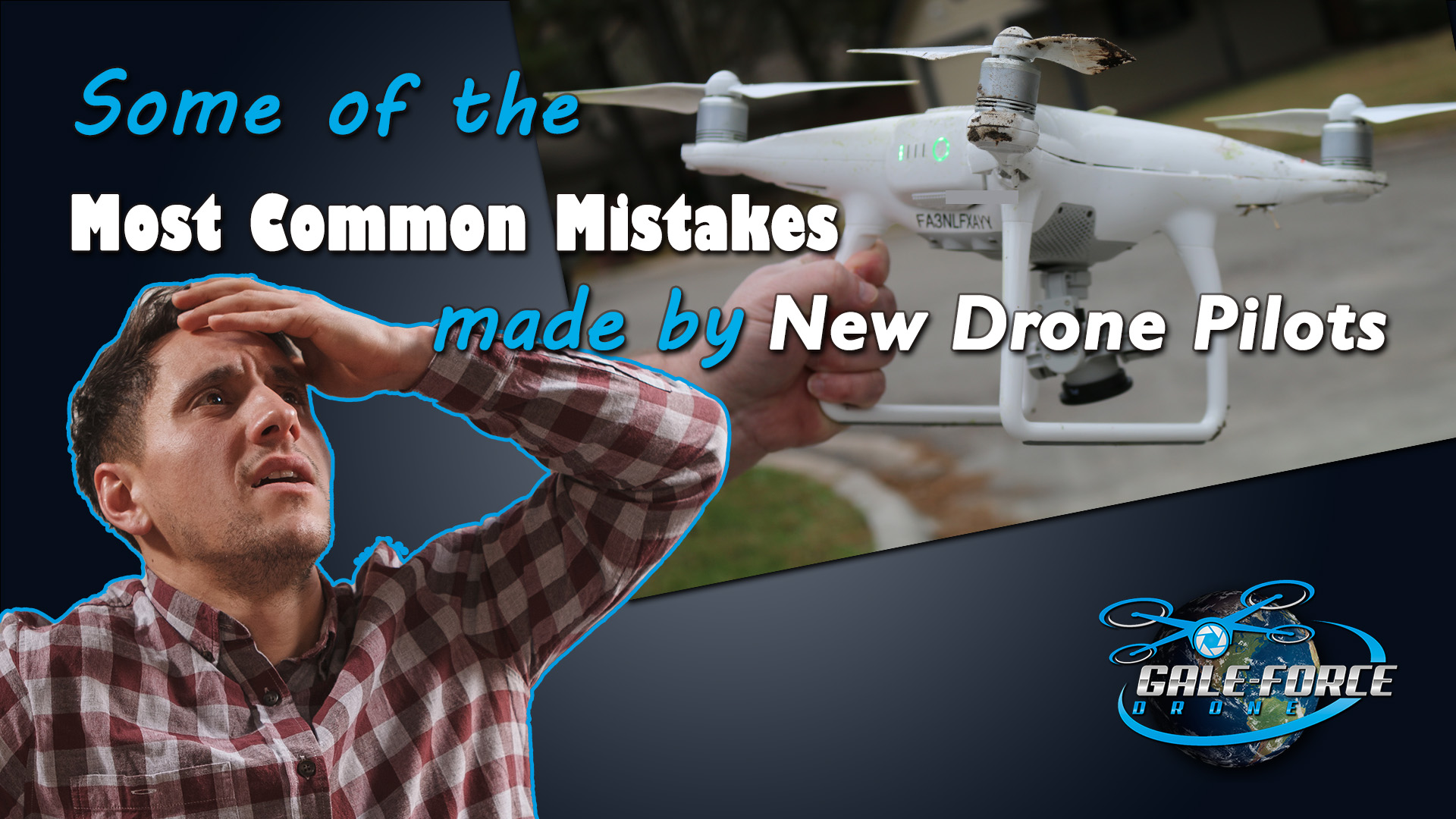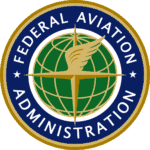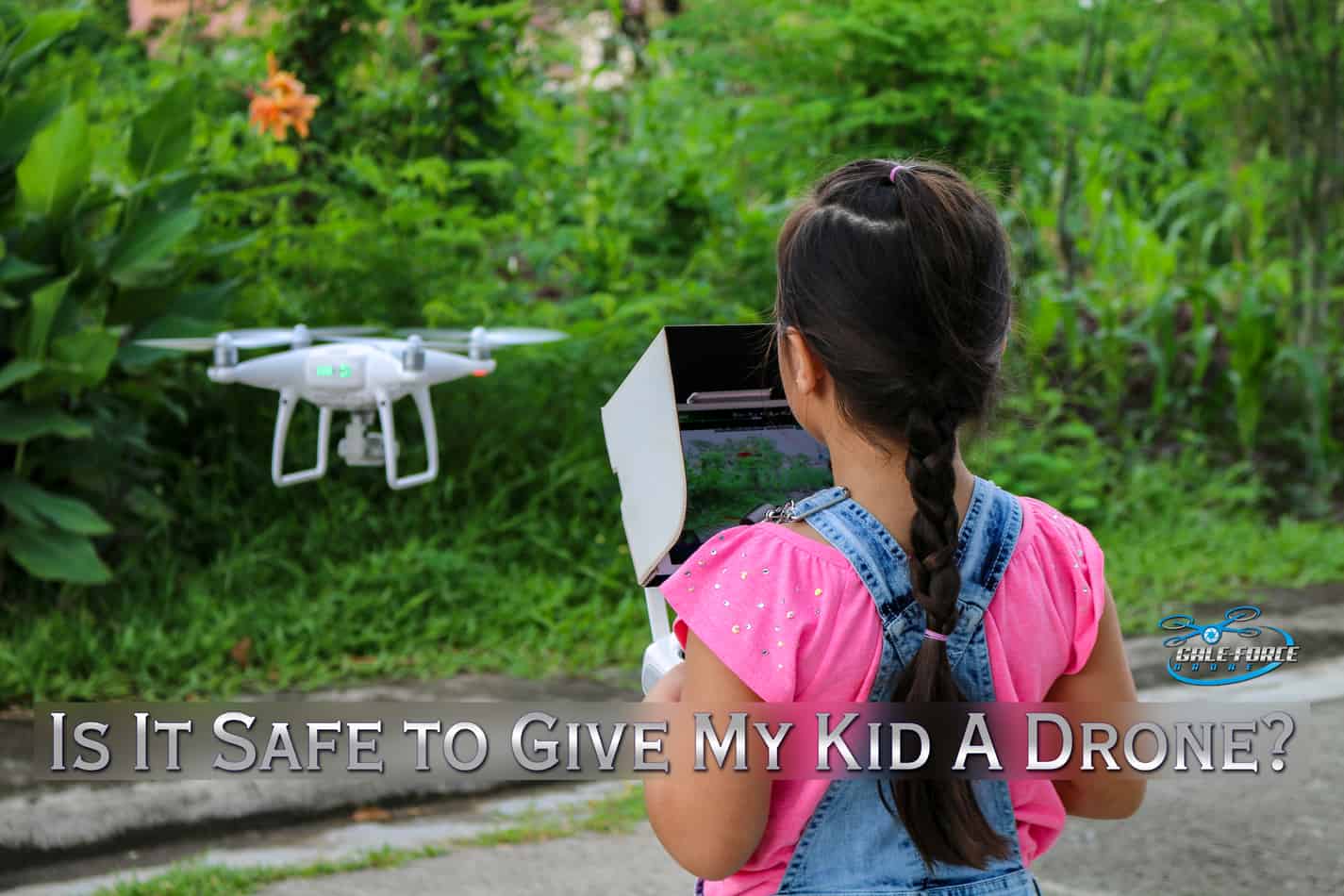
Taking to the skies with your NEW drone for the first time can be an exhilarating experience, full of promise and excitement. However, as a beginner, there are a few mistakes that you will want to avoid that could dampen the mood. The good news is that with the right insights, along with establishing good habits, practice, and experience, you can avoid these common pitfalls and enjoy your drone flights to the fullest. In this article, we will highlight some of the practical mistakes beginners tend to make, explain how they happen, and provide tips on how to avoid these common mistakes made by new drone pilots, so you can take your drone flying skills to new heights.

Know the Drone Laws and Regulations
As a consultant in the commercial UAV/UAS drone industry, I understand the importance of safe and legal drone operations, especially for beginner drone pilots. When starting out, it’s crucial to avoid common practical mistakes that can compromise your flying experience and put you and others at risk. One of the most significant errors a beginner drone operator can make is neglecting to learn the drone laws and regulations in their area.
Not being familiar with drone laws can result in various issues. For instance, you might purchase a drone without researching airspace restrictions, only to realize that you can’t fly it anywhere legally. This can be discouraging and hinder your passion for drone flying. Moreover, you may inadvertently break drone laws by flying in restricted areas or too close to people, leading to confrontations and even legal repercussions. As a drone pilot, you have a responsibility to prioritize safety and legality to avoid such situations.
Therefore, it’s crucial to educate yourself on drone laws and regulations before taking to the skies. By doing so, you can ensure that you fly within the legal confines and avoid unwanted confrontations. Remember that being a knowledgeable and responsible drone pilot not only helps you avoid legal issues but also promotes a positive image for the drone community. As you start your drone flying journey, make sure to prioritize safety and legality to enhance your experience and that of others.
FAA | Recreational UAS Safety Test (TRUST)
 To fly your drone as a recreational flyer, it’s as easy as 1-2-3:
To fly your drone as a recreational flyer, it’s as easy as 1-2-3:
- Understand recreational flying requirements
- Take the free online FAA TRUST test
- Receive your certificate
Just click HERE to go to the FAA Recreational Flyers Website.

Firmware: Update your Drone and Flight App
As a beginner drone pilot, you may be excited to fly your drone right out of the box. However, before taking off, it’s crucial to ensure that your drone’s software and firmware are up to date. This is because drone manufacturers, such as DJI, are constantly bringing updates to improve the flying experience, fix bugs and address security issues.
Updating your drone’s software and firmware has two main benefits. Firstly, it allows you to enjoy the latest features and improvements offered by the manufacturer, such as improved flight performance and better camera settings. Secondly, it ensures that your drone is free from bugs and glitches, providing a smooth and trouble-free flying experience.
When purchasing a drone from an online or local store, you may receive a drone that has not been updated in a while. This is because it may have been sitting in the store’s inventory for a few months. Consequently, when you first power up your drone, you may be prompted to update your firmware to the latest version. While being only one or two firmware versions behind may not make a significant difference, updating to the latest firmware ensures that your drone is up to date with the latest features and fixes.
 Check out my article “Is it safe to give my kid a drone” that discusses everything we need to know about getting our kids into flying drones.
Check out my article “Is it safe to give my kid a drone” that discusses everything we need to know about getting our kids into flying drones.

Loosing a Propeller in flight
Another example of the most common mistakes made by new drone pilots is losing a propeller mid-flight. This can be especially dangerous and potentially cause serious to either the subject you are flying or even a person nearby.
Most drones have quick-release propellers, which can be easy to install, but you want to double-check to make sure they are fully secured before takeoff. When attaching quick-release propellers, push down and twist until they lock into place. If you usually remove the propellers for transport, take extra care to ensure they are securely attached each time.
If your drone uses propellers with screws, it’s equally important to make sure they are tightened correctly. Loose screws can lead to unstable flight and potentially damage your drone. Always check that your propellers are tightly secured before taking off to ensure a safe and smooth flight.

Flying beyond visual line of sight (BVLOS)
The next big mistake that beginner drone pilots can make is flying the drone outside of visual sight. Legally, you are not allowed to fly beyond visual line of sight (BVLOS), and you have to keep the drone within your line of sight. However, a lot of pilots, especially beginners, tend to push their boundaries and venture beyond what they perceive as the acceptable line of sight.
If you’re flying in an undeveloped area or a mountainous countryside and you go beyond the line of sight, it can be easy to lose sight of your drone accidentally or even on purpose. For instance, if you’re flying over a cliff, you might think it’s entirely okay to fly beyond line of sight, but you are opening yourself up to potential problems, especially as a beginner. Dropouts in this case are not uncommon, and some of the early drones (or even current, less expensive drones) use Wi-Fi only connections, which can cause you to lose video signal within 100 meters or less due to trees, big objects, or interference. In this scenario, you may be flying the drone with the sticks, but you can no longer see on your screen, what the drone is actually seeing.
In such situations, you need to be able to look up and locate your drone and fly it back with a visual of the drone itself. However, if your drone is over the edge of a cliff, behind a building or a forest, it may be challenging or even impossible for you to fly it back. In most countries, especially the US, it is a legal requirement to fly within visual line of sight (VLOS), and violating this rule can lead to severe consequences. Therefore, always ensure that you can see your drone while flying, and never venture beyond visual line of sight.

Flying Your Drone Backwards
Another mistake that can be made by beginners (and pro’s as well), is flying backwards. It may seem like an obvious point, but it’s a good one to keep in mind. Flying a drone backwards is the number one reason for drone crashes. Flying a drone can be a thrilling experience, especially when you’re trying to capture the perfect shot from an ideal perspective. However, it’s important to keep in mind some common mistakes that can lead to disastrous consequences.
When you fly a drone backwards, you’re often doing so to get that perfect shot from a particular point of interest or to capture a unique perspective. But if your drone doesn’t have obstacle avoidance sensors facing backward, you really want to be cautious. Since the camera is pointed forward, it’s easy to lose sight of what’s behind the drone when you’re flying it in reverse. This literally happened to me when I was starting out with my brand new DJI Phantom 4. I had my drone set up to do an orbit of a home, but as it was circling around the front, I decided I wanted to bring the camera up and capture the house with the lake in the background. I took over the sticks, began raising the camera and pulling the drone back until I backed right into a tree, and crashed my drone to a million pieces. The good news? I got the shot, the bad news is my drone is totaled.
Actual Footage from my Reverse Crash!
Now, that’s not to say that you should never fly your drone backwards. However, you need to be mindful of your surroundings and the potential risks involved. Make sure that you have a clear and open area behind where you’re flying your drone in reverse. Always be aware of what’s behind your drone, and never take your eyes off the screen. With these precautions, you can enjoy flying your drone backwards without the fear of crashing it.

Know Your Drone's Stopping Distance
Another common mistake beginner drone pilots make is not understanding their drone’s stopping distance. This oversight can lead to disastrous consequences for both the drone and any objects it may collide with. Take your drone out to practice flying in open areas, such as a football field, to get a sense of how quickly your drone can come to a stop.
By memorizing the drone’s stopping distance, pilots can avoid overshooting their target and colliding with obstacles. To stop a drone quickly, pilots can pull back on the sticks to make the drone pull back and stop abruptly. It’s crucial to make stopping the drone second nature, so pilots can avoid accidents while capturing footage.
Without a good understanding of their drone’s stopping distance, pilots risk crashing their drone into objects and causing irreparable damage. Especially when filming a moving subject or flying towards a point of interest, knowing the stopping distance can make all the difference. So take the time to practice and memorize your drone’s stopping distance to avoid making these common mistakes made by new drone pilots. Remember, a little extra caution can go a long way in keeping your drone safe and flying for years to come.

Look Out for Obstructions
One thing to be mindful of when flying a drone are obstructions such as power lines that might appear out of nowhere. These can pose a serious risk to your drone, as well as other people and property in the area. Even experienced drone pilots can get caught by this, as it can be hard to spot certain types of obstructions on your small tablet or phone screen. While they may be obvious in real life, they can be almost invisible on your screen, especially in bright skies or at faster speeds.
It’s important to be vigilant and always be scanning your screen for unexpected obstructions. While this isn’t 100% foolproof, it’s also best to scout the area beforehand and know where potential obstacles may be. The last thing you want is to accidentally fly your drone into something which could not only damage your drone, but also cause a potentially dangerous situation.
So, always prioritize safety when flying your drone. Take the time to familiarize yourself with the area and potential hazards, and stay alert while flying. With a little bit of caution and preparation, you can avoid these types of accidents and keep your drone in good condition for many flights to come.

Flying in High Winds
Another important factor to consider when flying your drone is the wind. While some drones are designed to handle wind better than others, all drones have their limits. Wind can be unpredictable and can change suddenly, even with altitude. You may be flying in a calm area, but when you ascend to a higher altitude, you may encounter strong winds. I’ve had situations where I was flying my drone with no problems, but when I ascended to 120 meters, I suddenly started getting wind warnings and found myself flying into a headwind when trying to return. This can be especially dangerous if you’re flying over cliffs or other hazardous areas.
To avoid getting caught in the wind, there are a few tips you should keep in mind. Firstly, if you experience strong winds at higher altitudes, lower your drone. The closer you are to the ground, the less wind you’ll experience. Secondly, there are a range of apps such as the B4UFLY app, that can provide wind forecasts for your area, so make sure to check the forecast before you fly. Lastly, it’s important to know how your drone performs in the wind and what to do in case of strong winds, such as using sport mode or lowering your altitude.
We really need to avoid scenarios where we get caught by high winds, as it can make it difficult for your drone to return home safely. Knowing how to handle wind and staying aware of weather conditions can help ensure a successful and safe flight.

Return to Home (RTH) Settings
As a follow-on to Return to Home or RTH, one of the biggest mistakes new drone pilots can make is not knowing how long it takes for their drone to fly back. It’s understandable to feel excited and want to push the limits with a new drone, but this can lead to trouble when you’re trying to fly back with low battery or in unfavorable weather conditions.
To avoid such a scenario, it’s essential to build your memory of how long it takes your drone to return to you under normal conditions. You can set parameters and stick to them every time you go flying. That way, you know when it is time to bring your drone back home before it reaches a certain battery level to avoid losing it.
Additionally, it’s important to update your RTH settings periodically, especially when you’re on the move. If you’re flying from a boat, hiking, or running with your drone following you, you need to update your RTH location frequently to ensure that your drone knows where to return if the signal is lost.
Another very important RTH setting is the altitude. A low altitude setting in RTH can result in your drone crashing into obstacles like buildings or trees. I once had a disastrous experience when my drone lost connection with the controller and engaged RTH, unbeknownst to me, the altitude settings were too low, causing it to crash into a building and fall to the ground.
To prevent such incidents, make sure you periodically go into your drone’s settings and adjust the RTH altitude to a safe height. By doing so, you can ensure that your drone will return home safely, even if it loses connection with the controller.

In Closing...
Flying a drone for the first time can be a FUN experience, and we can enjoy it all the more if we are aware of Flying a drone for the first time can be an exhilarating experience, but it’s important to be aware of common mistakes made by new drone pilots. By establishing good habits, practicing regularly, and gaining experience, you can avoid these mistakes and make the most out of your drone flying experience.
Also, if you’re interested in taking your drone flying to the next level, be sure to check out some of my other articles on starting your own drone services business. And for even more drone-related content, don’t forget to subscribe to my Gale-Force Drone YouTube channel. Thank you for reading and happy flying!

